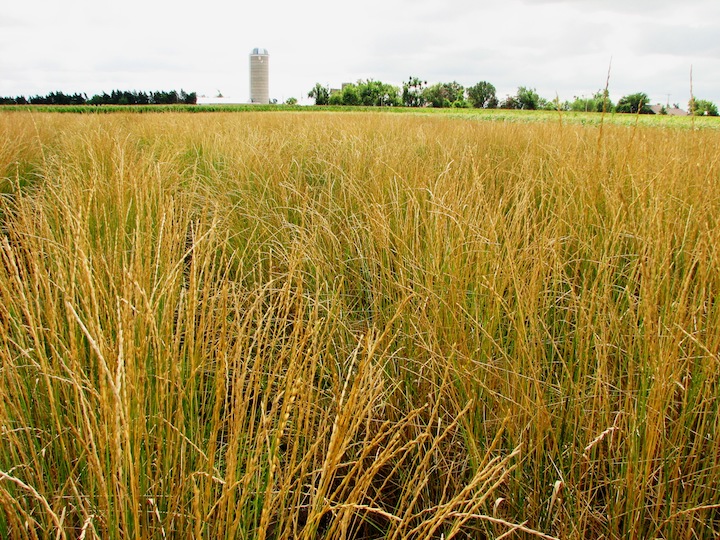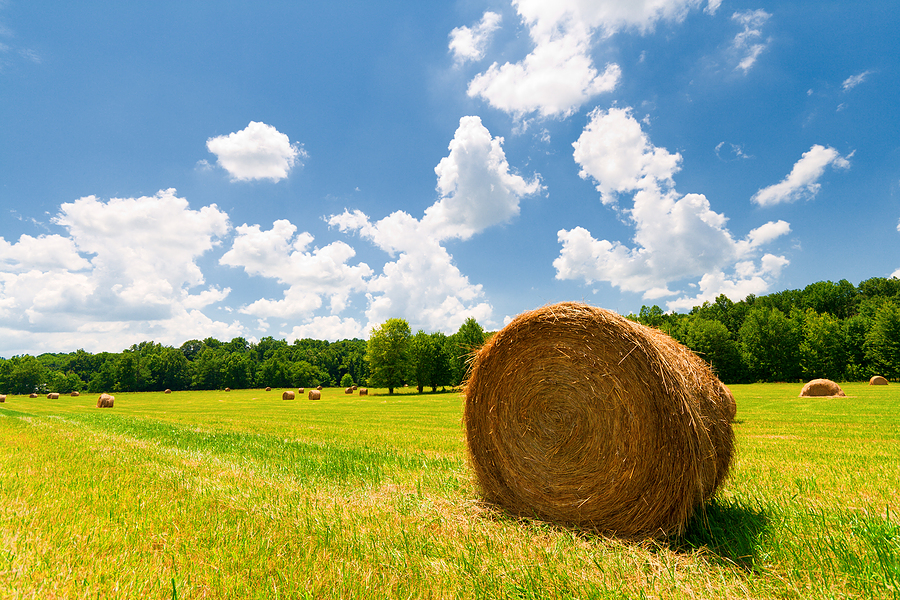
Feeding the 9.7 billion people expected to be living on this planet by 2050 isn’t going to be easy — particularly since we must do so while also nourishing the planet. While American agricultural productivity has skyrocketed over the past century, this also has contributed to serious environmental concerns, such as soil degradation and water pollution and scarcity. With the impacts of climate change and other environmental concerns mounting, we’re going to need to rethink how we grow our food in a way that promotes human and planet health alike.
For generations, farmers have plowed their fields and planted their crops in the spring, harvested them in the fall and done it all over again the following year. However, in the past several decades, some agricultural experts have been experimenting with eliminating the spring planting by developing perennial crops — more or less revising thousands of years of selective breeding. Perennial crops are those which are alive year-round and are harvested multiple times before dying. Perennial plants aren’t new to agriculture — popular plants such as apples and alfalfa are perennials that already are commercially grown and harvested.
But today most farmland remains devoted to annual agriculture, and “annuals” such as cereals, oilseeds and legumes occupy 69 percent of global croplands. Many of these staple crops can be replaced by perennials by hybridization and other techniques. According to some researchers, ten of the thirteen most grown cereals and oilseeds can be hybridized with perennial plants. Kernza grain, for example, comes from the perennial intermediate wheatgrass plant which is drought-resistant with long roots and doesn’t need to be replanted every year. This isn’t fringe science — General Mills recently announced a partnership with The Land Institute and the University of Minnesota to help commercialize Kernza and incorporate the grain into cereals and snacks under its Cascadian Farm organic brand.
The conversion of annual fields into perennial fields offers many environmental benefits, including reduced soil erosion, less chemical runoff, increased water efficiency and less reliance on fossil fuels. Here’s how perennial crops do just that:
Continue reading “4 ways perennial crops protect the planet”

